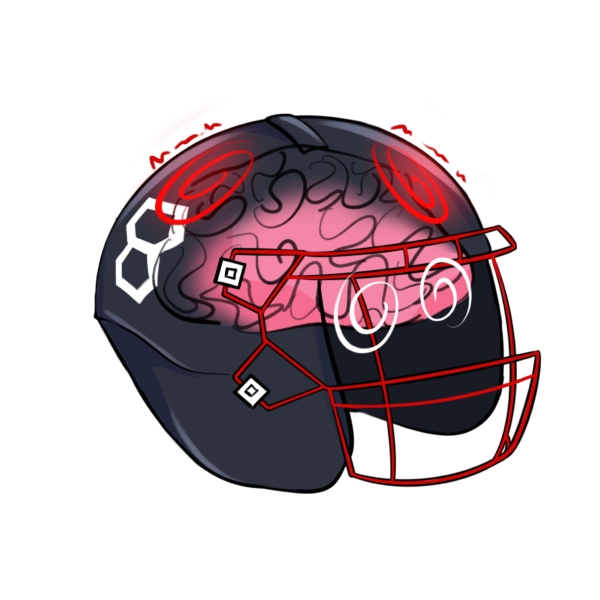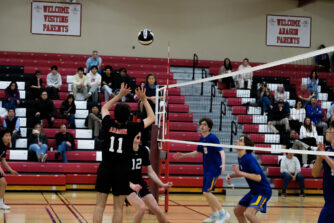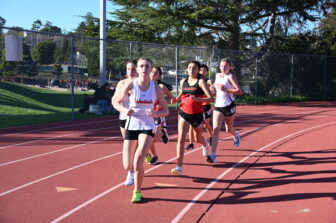
According to the University of Pittsburgh Medical Center, between 1.7 million and three million sports-related concussions occur each year, with the majority coming from soccer and football. The same source states that two in ten high school athletes get concussions each year.
The Centers for Disease Control defines a concussion as a mild type of traumatic brain injury, caused by a hit to the head or body that causes the brain to move rapidly back and forth. Concussions can vary in severity and present different symptoms, such as headaches, nausea, dizziness, sensitivity to light or noise or blurry vision.
Sophomore soccer player Reina Younes, sustained a concussion a year ago during a soccer game.
“I got fouled and hit heads ready hard with another player,” Younes said. “I felt really dizzy and couldn’t hear anything for 20 seconds.”
Feeling better the following morning, Younes decided to go back to the field, but regretted it shortly after.
“Right after the game I started to get a really bad headache which lasted three weeks,” Younes said. “I still went to school but I couldn’t play soccer or do [physical education]. for a while.”
Luckily, Younes has been able to return to soccer, where she now captains Aragon’s JV girls soccer team.
However, in some cases, a concussion can be so severe that the athlete may not be able to return to their sport.
Senior Taylor Martin, who played soccer for the majority of her life, suffered her first concussion in the seventh grade while playing soccer.
“Somebody drilled the ball into the back of my head and then I passed out for a second,” Martin said. “I couldn’t see for 15 seconds, and then I had really bad headaches and dizziness.”
Following her initial injury, Martin sustained three more concussions playing soccer, her most recent and serious one taking place the summer before her junior year of high school.
Due to the severity of her last concussion, Martin has been forced to retire from playing soccer, along with all contact sports.
“Thankfully, I have completely recovered,” Martin said. “I don’t have daily headaches anymore, and I don’t have memory loss or anything like that. The biggest way it’s affected me is just being unable to participate in stuff that I used to be able to do and having to be a bit more conscious about getting injured in certain situations.”
Despite advanced medical technology, little is still known about the long-lasting effects of concussions. Some medical professionals claim that concussions can be linked to later-in-life problems. From vision loss and depression, to neurodegenerative diseases, the severity of the long-term effects are still being researched.

Although there is still much to be studied about traumatic brain injuries, a great deal of progress has been made in head safety since the early twenty first century, when the “concussion crisis” became a prominent health issue in the world of youth sports, specifically football.
“The way we teach tackling, the way we teach blocking, all of that has dramatically reduced concussions in high school football,” said head football coach Ashley Parham.
Rules against targeting, spear tackling and illegal helmet contact have also contributed to making high school football safer for teenage athletes.
“There is no foolproof way to ever completely eliminate concussions from any contact sport,” Parham said. “But a lot of good progress has been made in high school athletics, especially in football.”
While head safety in youth sports continues to improve, it is still extremely important to take all head injuries seriously, as well as be aware of the symptoms of a concussion.
“Because you can’t always avoid getting hurt during contact sports, it’s most important to not play through head injuries, even if it’s small,” Martin said. “Concussions should always be taken seriously and recovery should never be rushed.”
While still an issue, the harmful effects of concussions can be reduced through awareness and self-care. Aragon’s athletic department continues to review practice and game protocols in order to ensure a safe and healthy future for their athletes.



